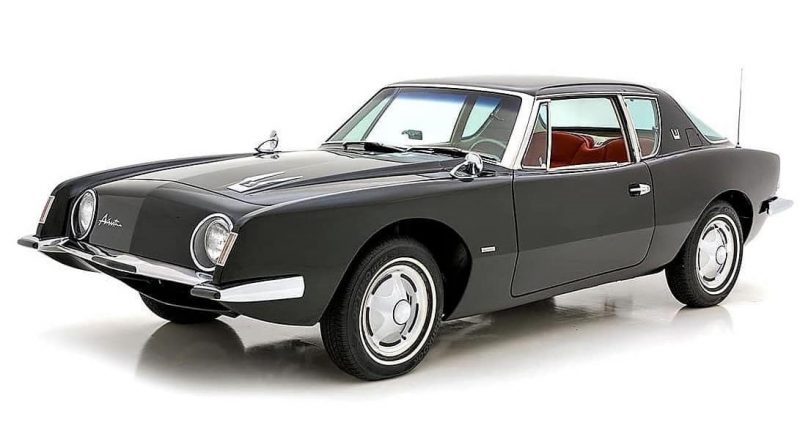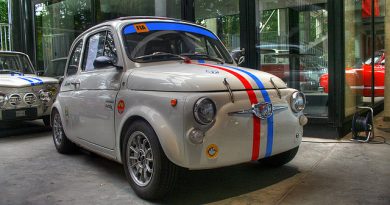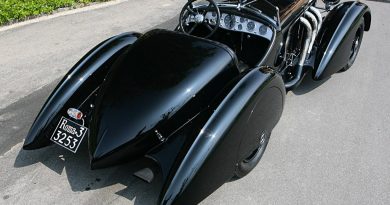1963 Studebaker Avanti R2
The most often overlooked true performance car of the 1960s is the original 1963 Studebaker Avanti. This is an odd phenomenon, seeing as the Avanti was more expensive than a Corvette when new, built in limited numbers and was one of the fastest and most innovative cars of the time. Andy Granatelli helped break 29 speed records at Bonneville with factory Paxton-supercharged Avantis, which he proved could run 170 MPH in “stock” form, and 200 MPH when more heavily modified.

Unfortunately as good as Studebaker had been at designing the Avanti in an inconceivably short period of time, it hadn’t been able to get production going. Molded Fiber Glass didn’t have a clue how to convert its individual body panels into the complete bodies Studebaker was planning on and Studebaker was slow to respond to the delays. By the end of 1963 the attention of the car market had turned to other, newer things like Corvettes and Mustangs. Avanti had delivered just 3,834 cars and thousands of consumer orders had been cancelled. Although production continued into the 1964 model year with minimal changes just 809 were built before all Studebaker production in the venerable South Bend plant ended on December 31, 1963 and with it production of Avantis.
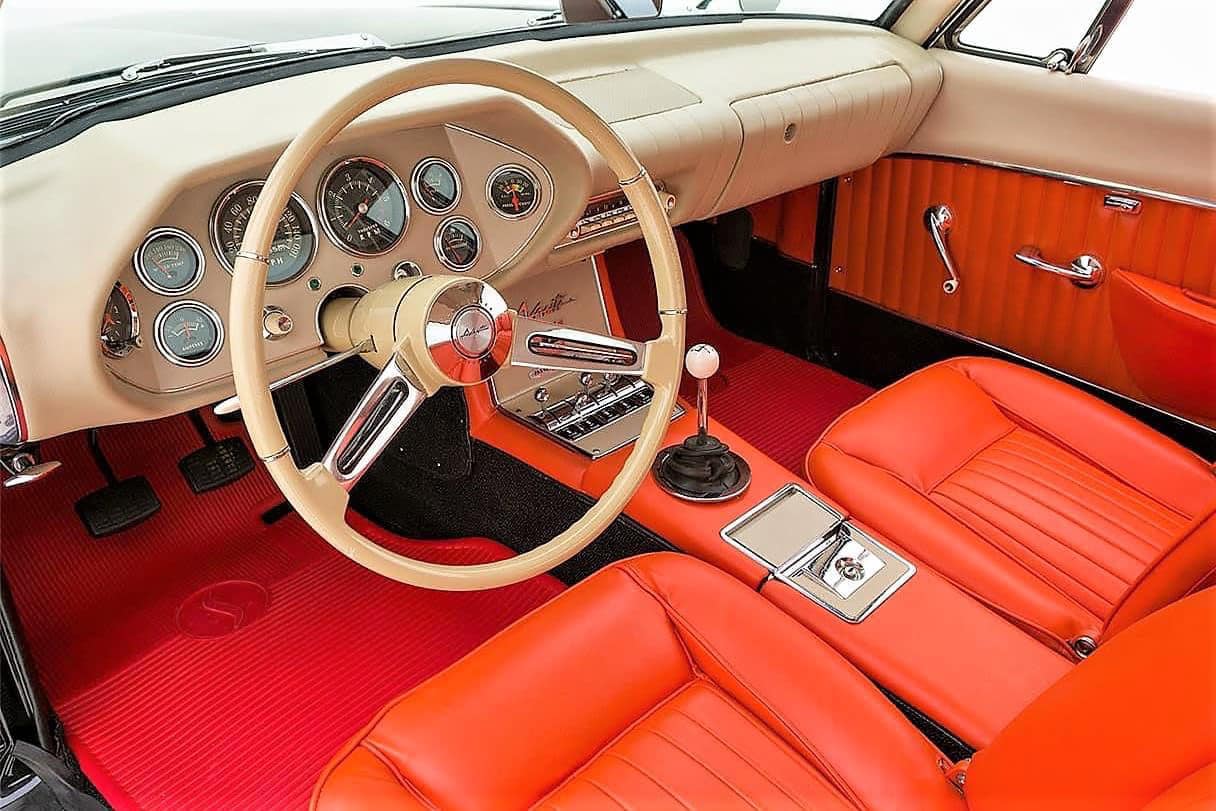
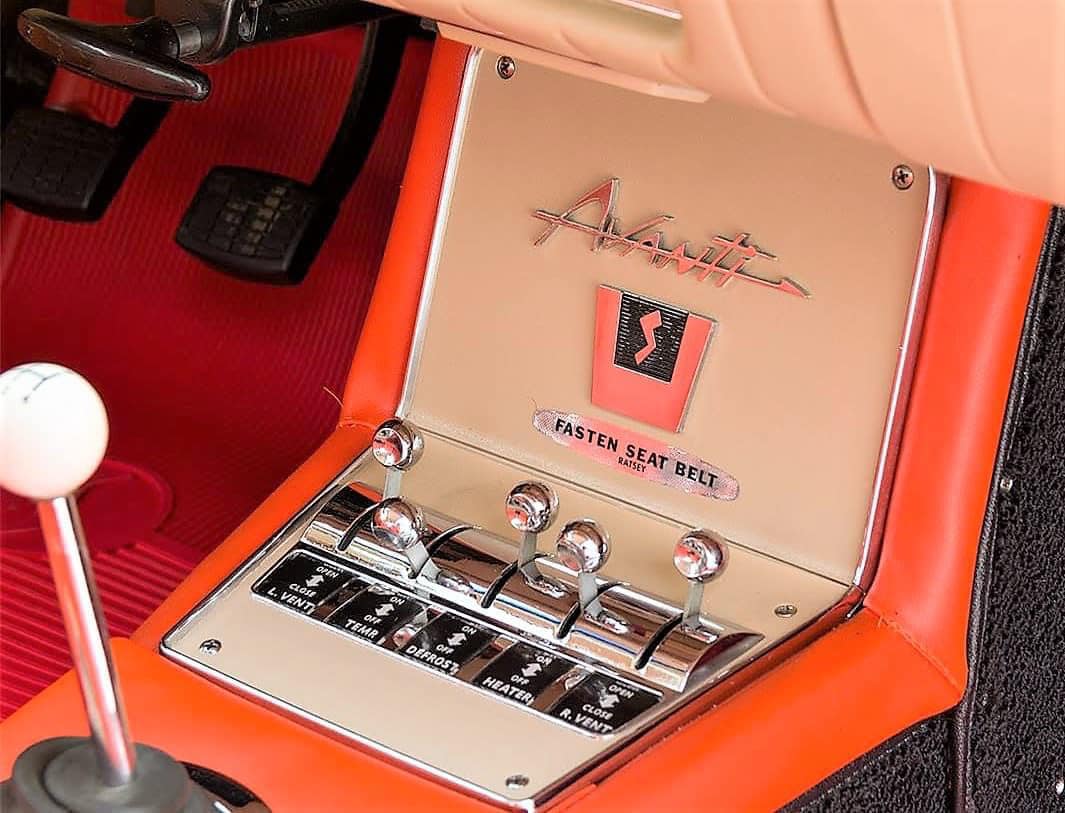
With other limited production American sports cars and GTs like Nash-Healeys and Kaiser Darrins enjoying a resurgence of interest the few original Avantis built have been largely overlooked. Their Raymond Loewy-designed bodies were design milestones that feature in every history of American automobile design. Their conventional chassis were unsophisticated but effective and the Paxton supercharged R2 engines are known for their performance. It is a milestone in the history of the American automobile and the absolute best automobile any manufacturer ever built in its final days.

